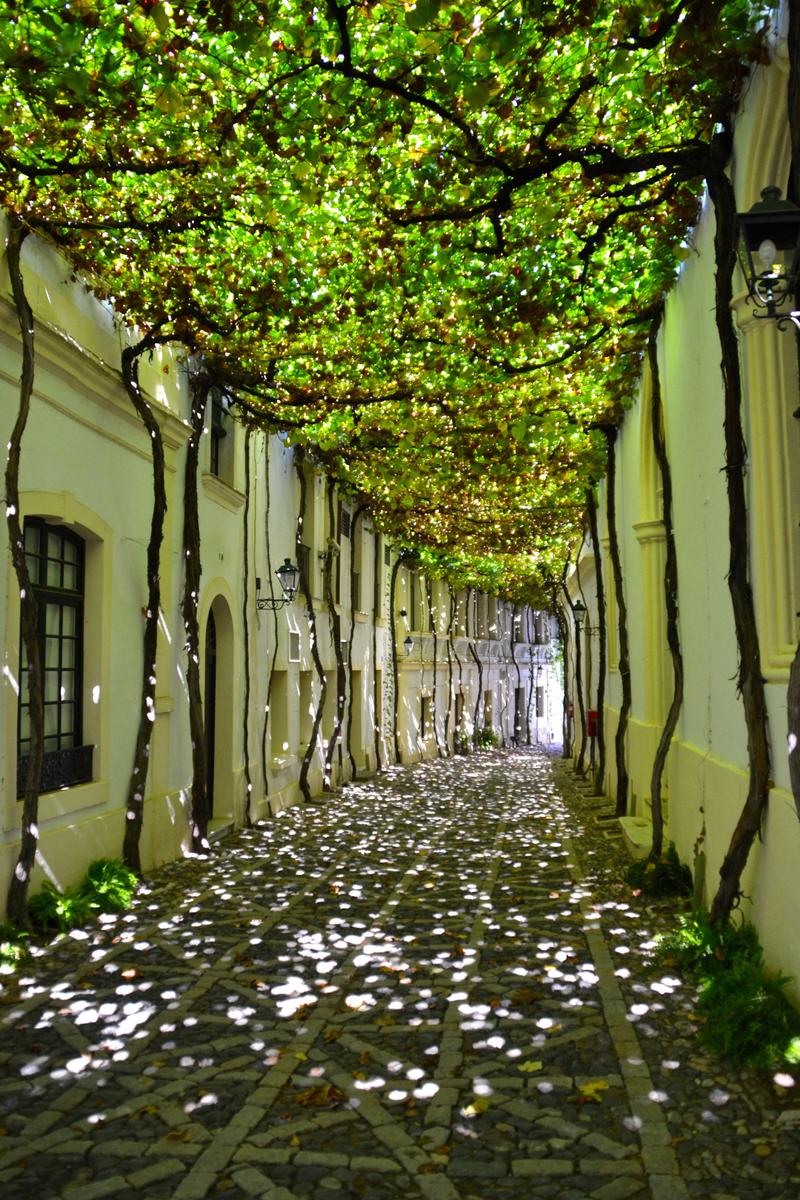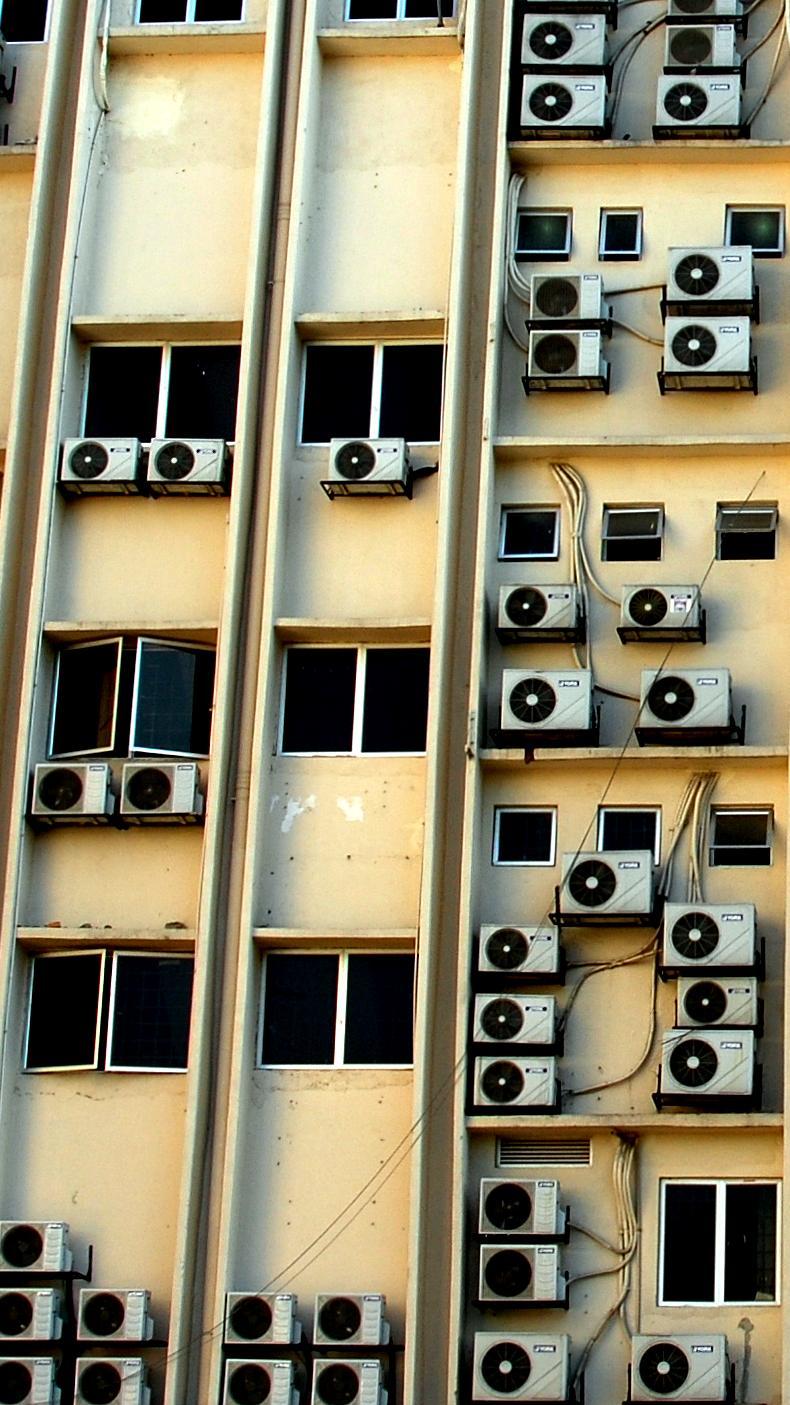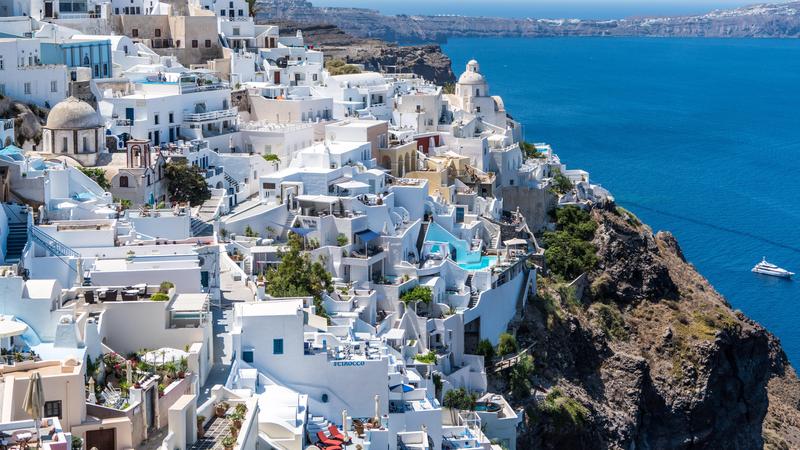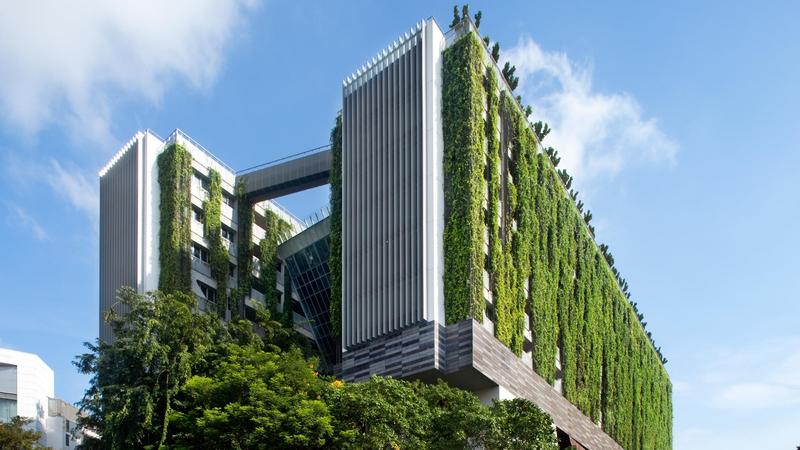Climate conscious architecture comes first when thinking about climate crisis mitigation
Comparing the impact of climate resilient architecture versus air conditioning shows why climate conscious architecture is so important in climate crisis mitigation.

When talking to people about climate mitigation in cities, one is sometimes confronted with the viewpoint that smart solutions around microgrids, air conditioning, renewable energy around photovoltaics, wind energy, etc. will solve all climate issues in cities in the future. However, while all these things will certainly play an important role when designing climate resilient cities, all they can do is to make it a little less worse, and important as these topics are, they should come second after climate resilient building.
But before we dive deeper into the reasons for this, let’s briefly shine some light on the situation that we are dealing with:
Urbanization, Climate Crisis and their Consequences
A quick overview: Urbanization is an ongoing trend with predictions that by 2050, 86% of the developed world will be urbanized.
Cities are urban heat islands, they are warming up beyond the effect of the climate crisis, with an estimated average temperature rise of 1-3°C above the surrounding areas. At night, this temperature gap is even higher, since secondary radiation makes it harder for the urban landscape to cool down than for rural landscapes, which enjoy a much larger sky-view factor.
The combination of climate crisis and urban heat islands can already create weather conditions today that exceed the physiological limits that humans can survive. This happens in hot and humid climates, when the wet-bulb temperature exceeds 35°C. In these conditions, the body cannot cool itself down anymore by sweating and even healthy individuals cannot sustain such wet-bulb temperatures, even in the shade sitting next to a fan. Such conditions have been observed and are increasing in frequency, jeopardizing especially the health of vulnerable persons (but in general also the productivity of the entire population.)
So back to our initial question - why should green architecture be prioritized over smart energy solutions?
Moving energy
When we pump natural gas through a pipeline, burn it to produce hot gas, use that to make electricity, and transport this electricity to a consumer, we are constantly changing the energy from one form into another. The second law of thermodynamics says that for each of these transformations, we must concede (heat) losses. This is equally true for sustainable energy - whether it is produced from solar cells, wind turbines, geothermal boreholes or any other source.
But what does that have to do with architecture and microgrids? Well, it basically says that when we cool something down, for example the interior of our houses, we will always make something else warmer, not by the same, but by a greater amount. The inevitable heat losses mean that, if you cool a cubic meter of air in a building by 1°C, you must heat a cubic meter of air outside the building by more than 1°C.

So whatever smart solution we are coming up with for cooling down our living spaces using electricity, we will always generate more heat in the process than we managed to cool down. Sounds fairly academic? Unfortunately not.
Air Conditioning: A heating system for cities
A number of studies for big cities (Paris, Tokyo, Phoenix(full paper) and recently a study for Osaka published in Nature open access) have shown that air conditioning use will increase temperatures in cities, especially during nighttime, by 0.5-3°C - and that is in addition to the usual urban heat island effect.
These studies show - in summary - that:
- Waste heat from air condition is heating up cities
- Temperature increase is 0.5-3°C, especially at night
- Asian cities will be affected with a linear increase
- Northern European cities will see a surge in air conditioning and experience this air conditioning feedback cycle. Acting early in urban planning is an effective strategy to cope with that
This temperature increase does not even take into account the additional heating that occurs on the energy supply side for air conditioning (i.e. producing and transporting the electricity to supply the air conditioning). These effects will contribute to global warming too, but are not confined to urban areas.
Climate Resilient Architecture
So overall: passive cooling, freely offered by nature and leveraged by clever architecture and smart urban planning, must come before other solutions. Actively using energy will always create heat losses somewhere that adversely affect the environment, cause more warming and hotter heat islands, and create the need for even more cooling solutions.

Having a solid policy and principles in place that prioritize passive cooling and green architecture will stall the need to use active methods like air conditioning. If a city does not heat up as much, fewer people will perceive the need to use air conditioning, resulting in less energy use and a cooler microclimate. Not only does this increase the quality of living and keep a city’s contribution to climate change to a minimum, it also curbs heat-related death and illness1.
There are a number of techniques that support passive cooling. None of these are really new, but using them consistently and employing the best tools available - such as microclimate simulations - can make a huge difference and prevent a runaway-process of air conditioning cooling: use shading, evaporative cooling from plants and “green” architecture as much as possible, use surfaces with high albedo (Mediterranean towns are white for a reason), ensure good ventilation to create cool summer breezes (with the added benefit that the perceived temperature will also be lower) and use air conditioning / active energy solutions only as the last possibility.
If you must actively use energy, do it in a way that keeps the movement and amount of energy to a minimum: Use automated shading first, then fans and only then air conditioning. In all cases, source the electricity locally, e.g. via rooftop PV and small-scale wind energy to minimize grid losses - though even with that, the fundamental thermodynamics described above apply.
See, for example, this WHO fact sheet and this communication from the US Environmental Protection Agency ↩
Published:
